Climate change is reshaping our world faster than ever. As extreme weather events become more frequent, it’s crucial to be prepared. Here are 13 vital tips to help you and your loved ones survive in a climate-altered future.
Learn to Grow Your Own Food
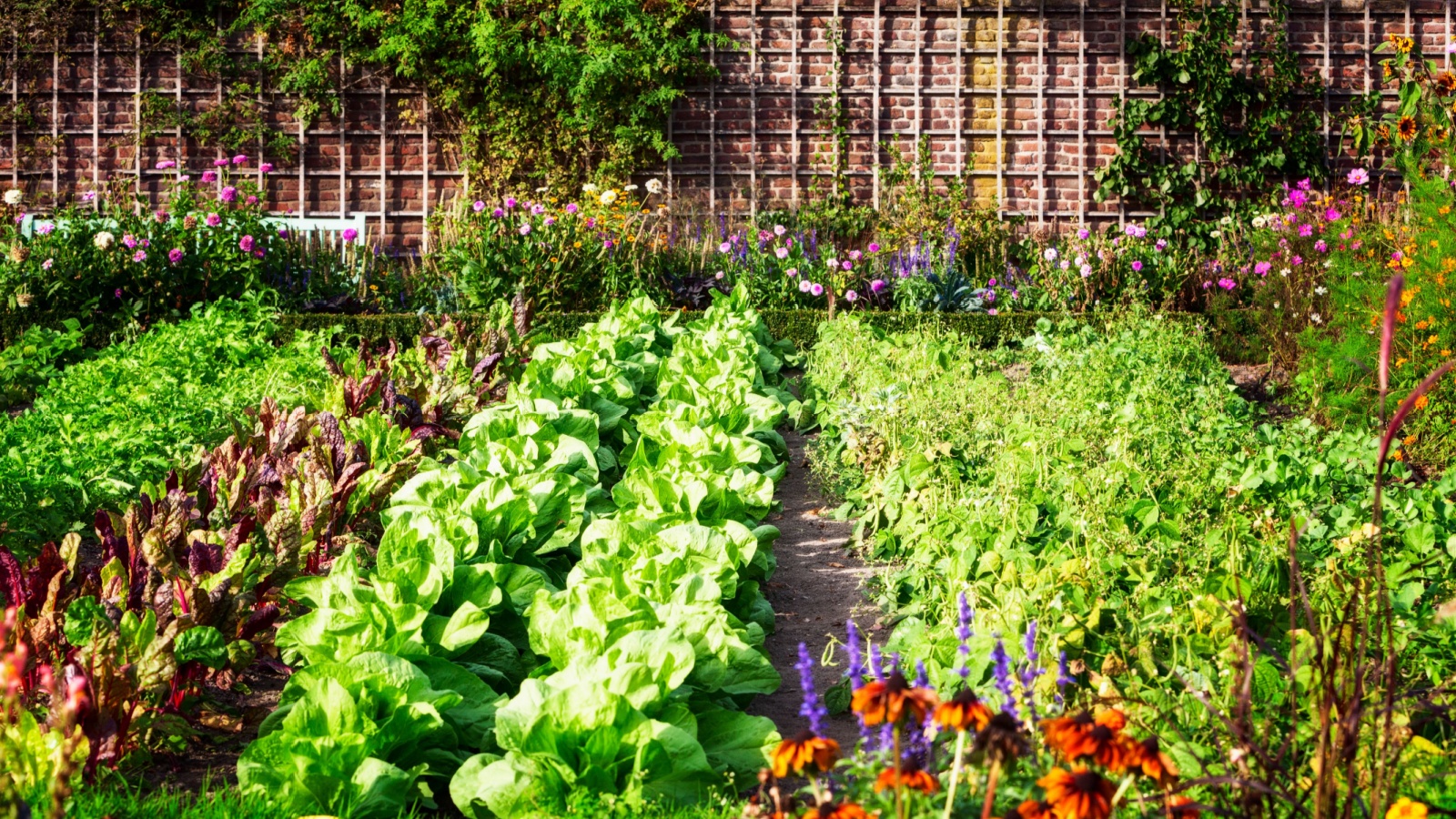
Growing your own food is a key survival skill. Start with easy-to-grow vegetables like tomatoes, peppers, and leafy greens. Learn about companion planting to maximize yields and minimize pests. Practice seed saving to ensure a continuous supply. Consider hydroponics or aquaponics for year-round growing, even in harsh climates.
Master Water Conservation Techniques
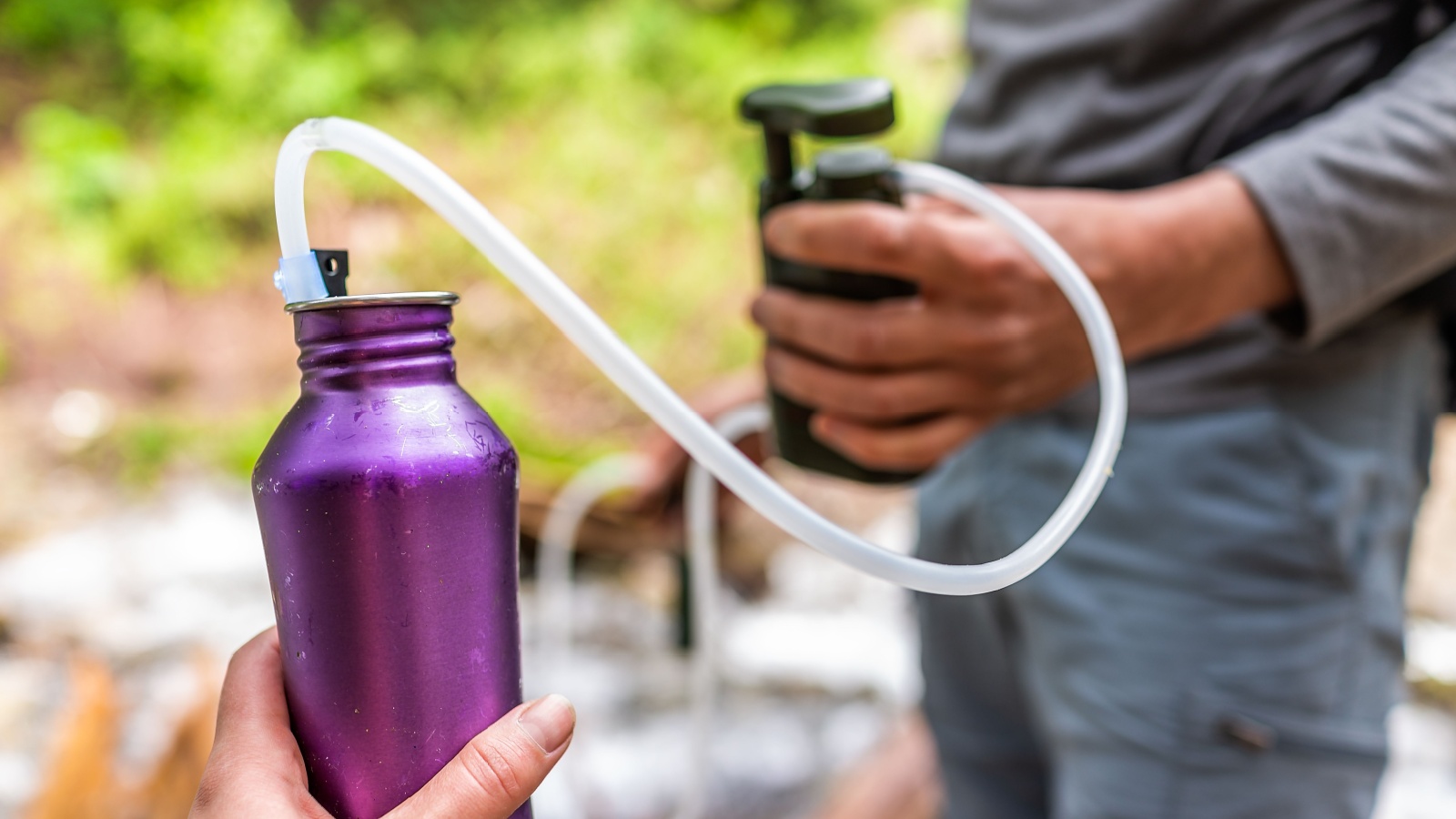
Water will become increasingly precious. Install rainwater collection systems on your property. Learn to purify water using methods like boiling, chemical treatment, and UV sterilization. Practice greywater recycling for non-potable uses. Consider drilling a well if your property allows it.
Develop Alternative Energy Sources
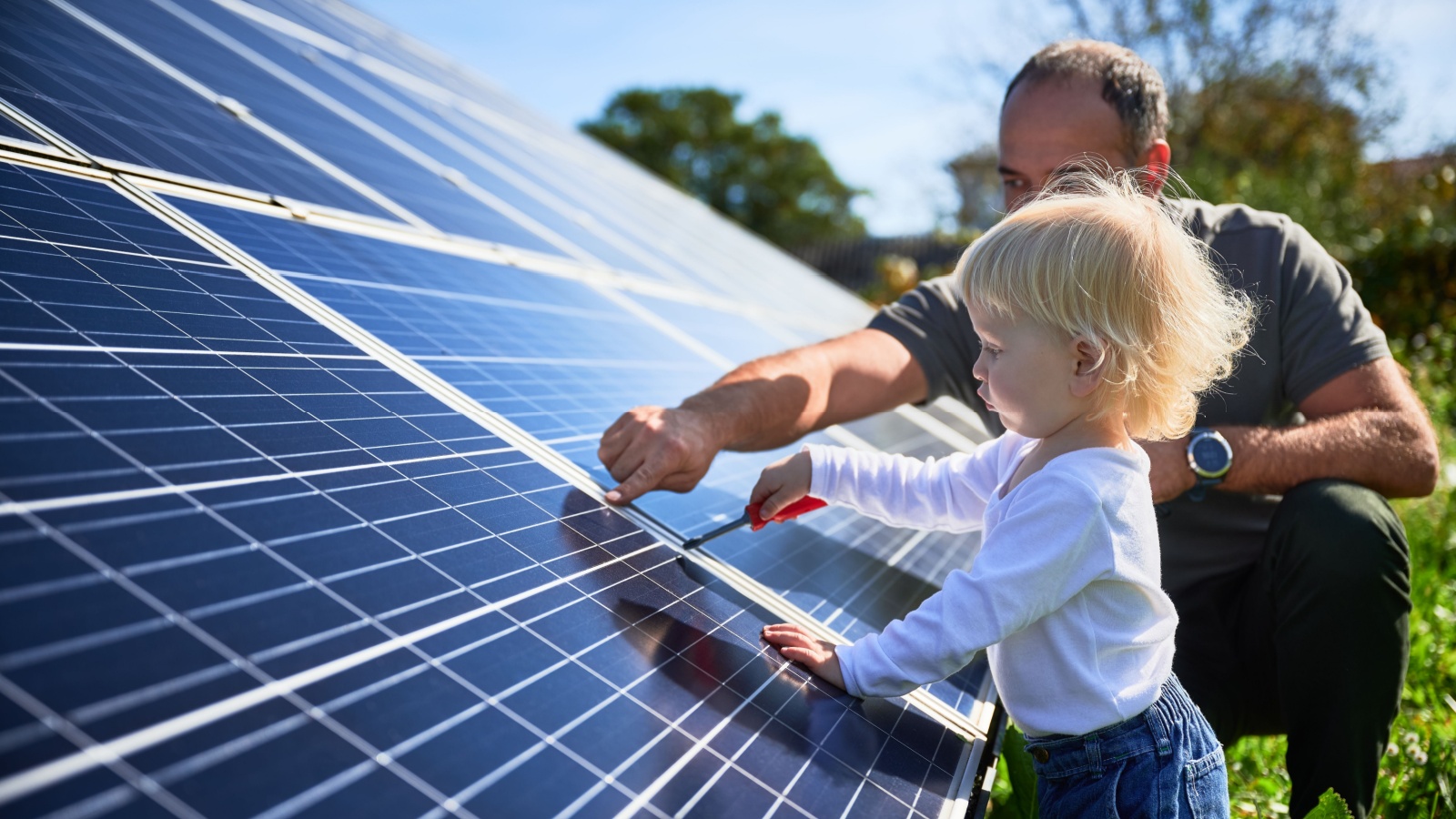
Power grids may fail during climate disasters. Install solar panels with battery storage. Learn to build simple wind turbines. Explore micro-hydro power if you have a water source nearby. Practice using manual tools that don’t require electricity. Always have a backup generator and fuel supply.
Build a Climate-Resistant Shelter
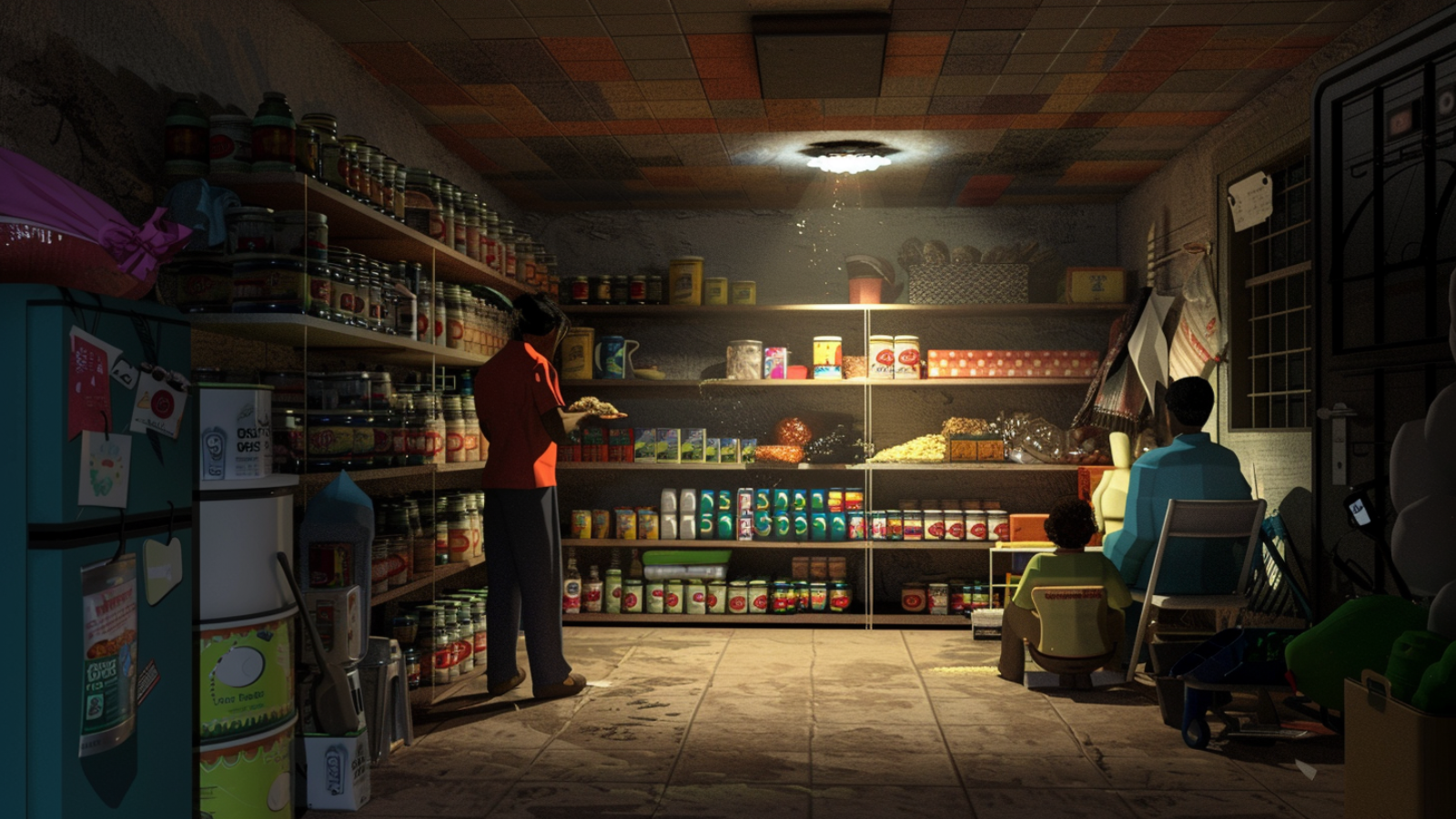
Your home needs to withstand extreme weather. Reinforce your roof against high winds. Install impact-resistant windows. Elevate electrical systems above potential flood levels. Use fire-resistant materials in wildfire-prone areas. Consider earth-sheltered or underground living spaces for temperature stability.
Create a Robust First Aid Kit

Climate disasters often disrupt medical services. Stock up on essential medications and first aid supplies. Learn advanced first aid skills like wound closure and fracture setting. Include items for treating heat stroke, hypothermia, and water-borne illnesses. Don’t forget mental health resources for dealing with disaster-related stress.
Master Preservation Techniques
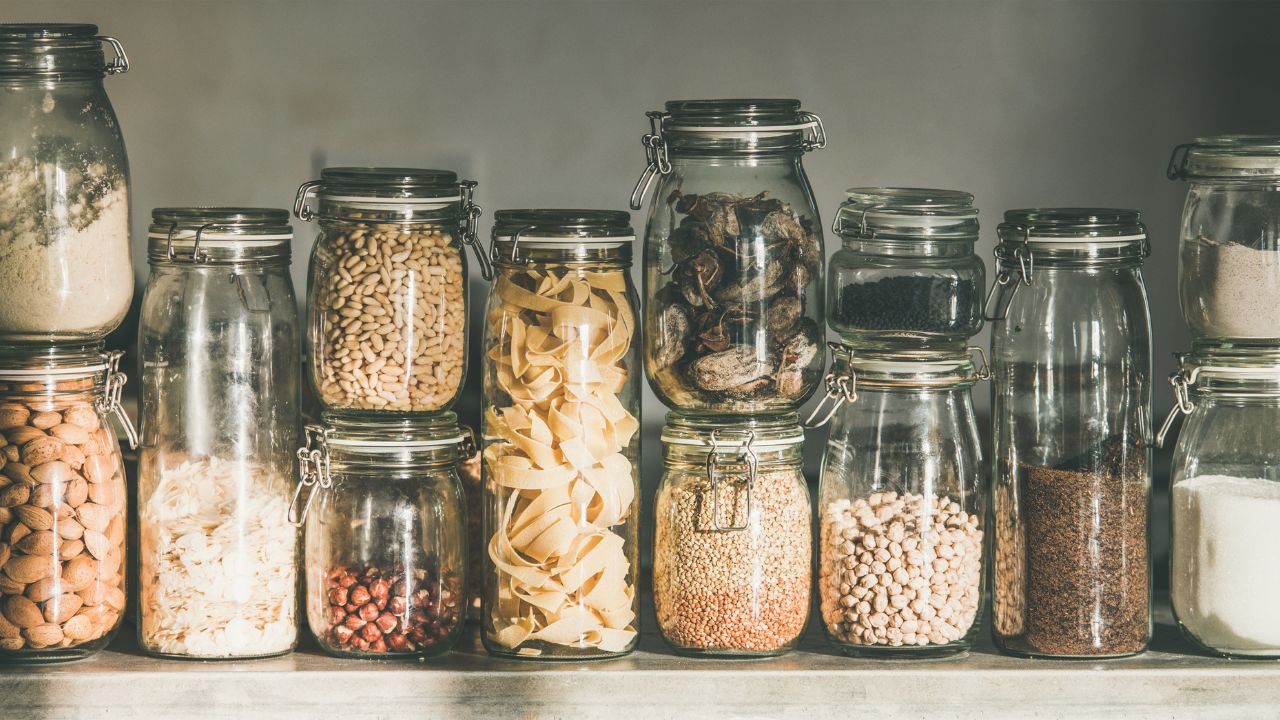
Knowing how to preserve food is crucial for long-term survival. Learn canning, dehydrating, smoking, and fermentation. Practice these skills regularly with your garden produce. Store preserved foods properly to maximize shelf life. Don’t forget about preserving seeds for future planting.
Develop a Reliable Communication System
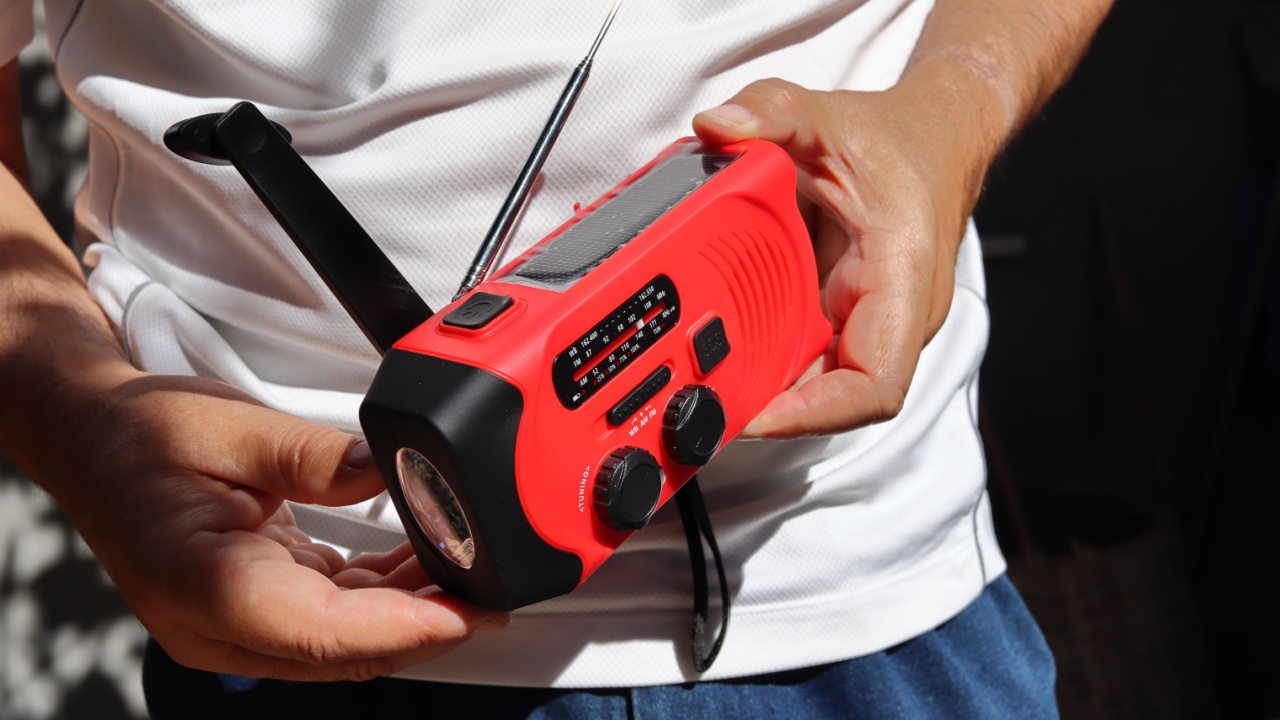
Stay informed and connected during disasters. Invest in a hand-crank or solar-powered radio. Learn to use HAM radio for long-distance communication. Create a local network with neighbors using walkie-talkies. Have physical maps and a compass as backup navigation tools.
Create a Flexible Bug-Out Plan

Sometimes, you’ll need to leave quickly. Prepare bug-out bags for each family member. Plan multiple evacuation routes. Establish meet-up points with family and trusted friends. Practice your evacuation plan regularly. Include plans for pets and livestock.
Learn Adaptive Clothing Techniques

Extreme weather requires adaptable clothing. Learn to layer effectively for both hot and cold conditions. Master basic sewing and mending skills. Know how to create improvised sun protection. Understand how to treat clothing for insect and water resistance.
Master Natural Navigation Skills
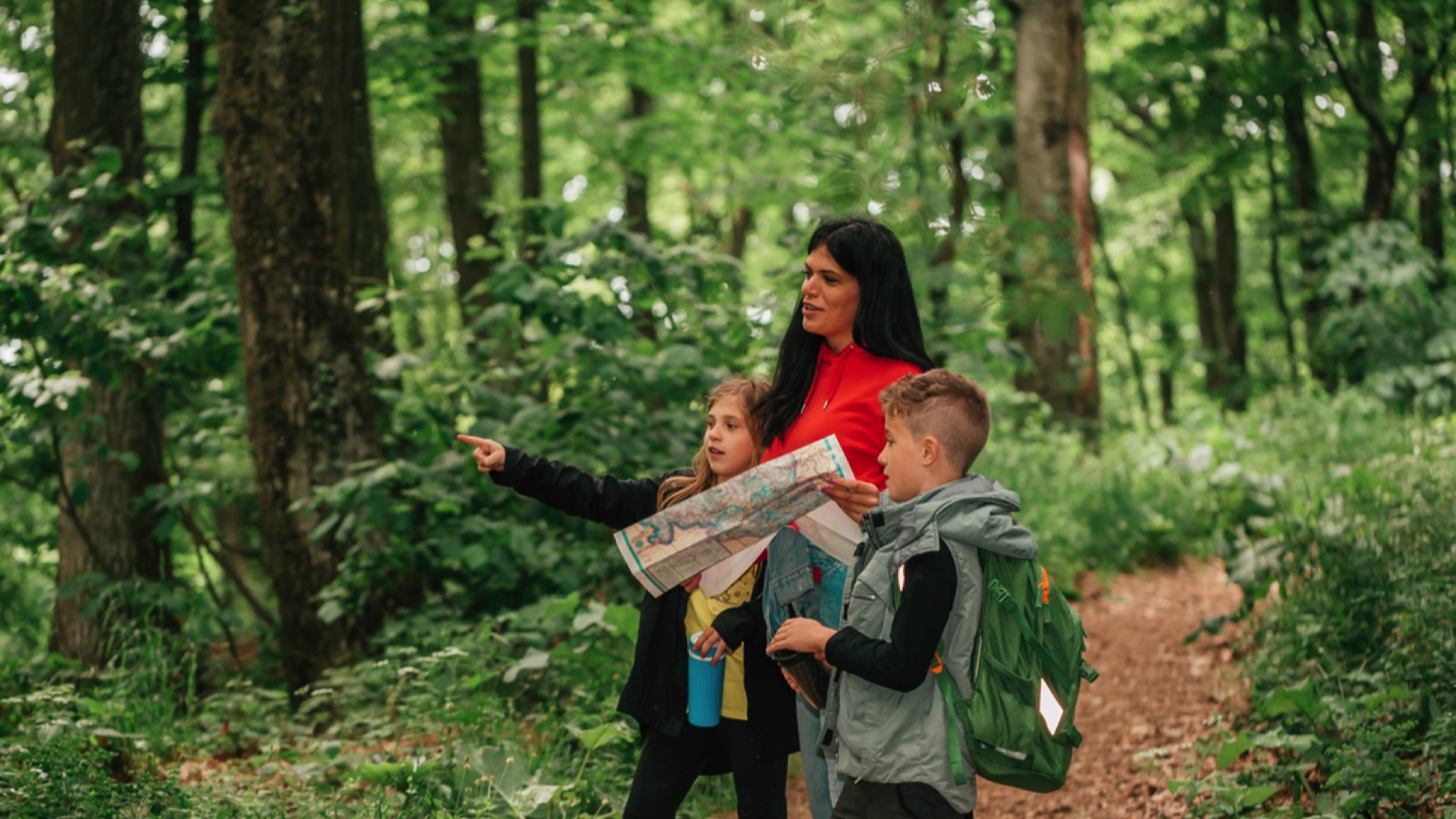
GPS might not always be available. Learn to navigate using the sun, stars, and natural landmarks. Understand how to read topographical maps. Practice these skills regularly in different environments. Don’t forget to teach these skills to your children.
Develop a Sustainable Waste Management System
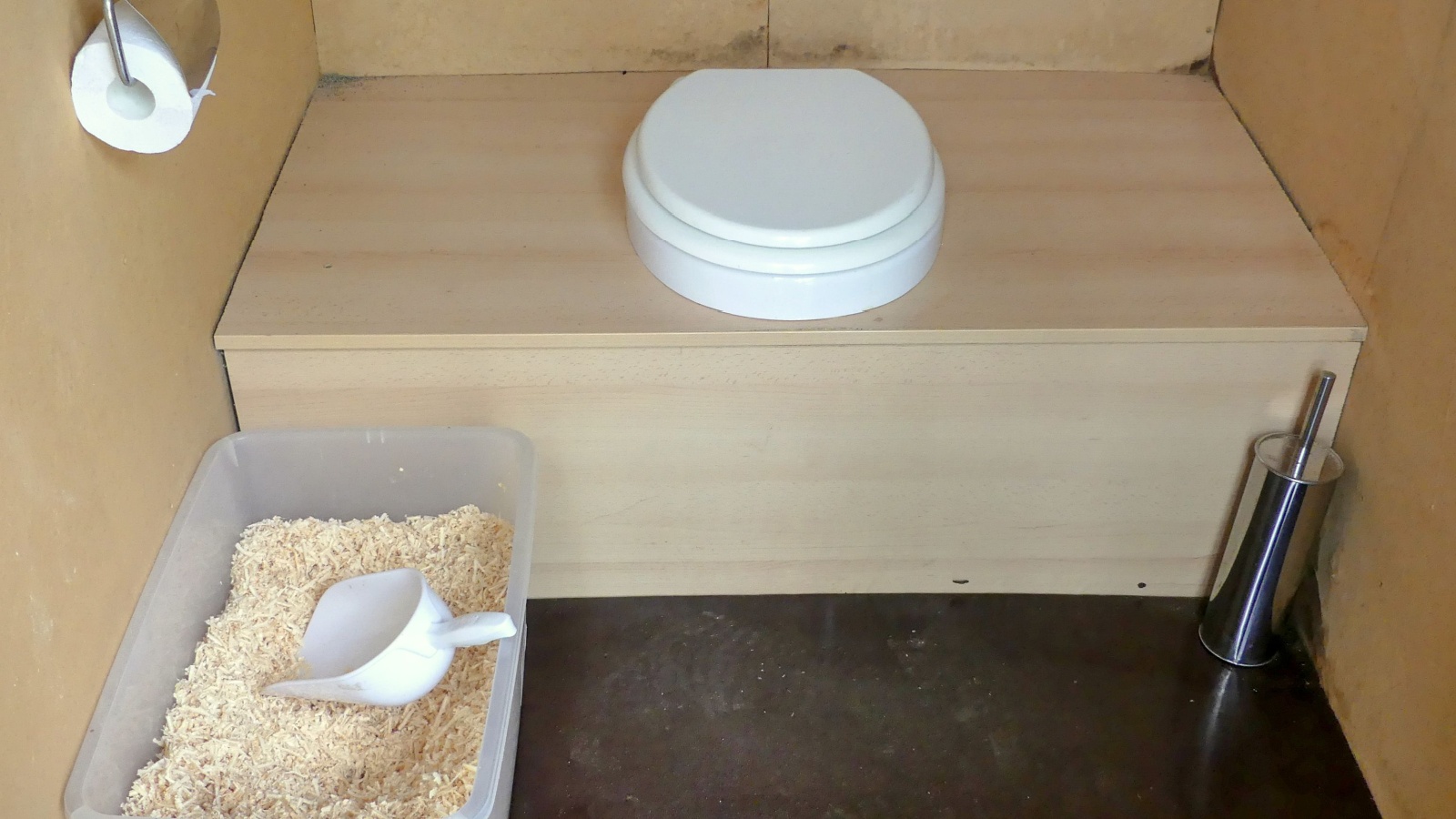
Sanitation is crucial for health. Learn to create and maintain composting toilets. Understand basic greywater filtration. Practice responsible waste sorting and recycling. Know how to safely dispose of hazardous materials.
Create a Community Resilience Network

Survival is easier in a group. Form alliances with neighbors with complementary skills. Organize community preparedness drills. Set up a local seed bank and tool library. Create a system for sharing resources and information during crises.
Master Adaptive Cooking Techniques
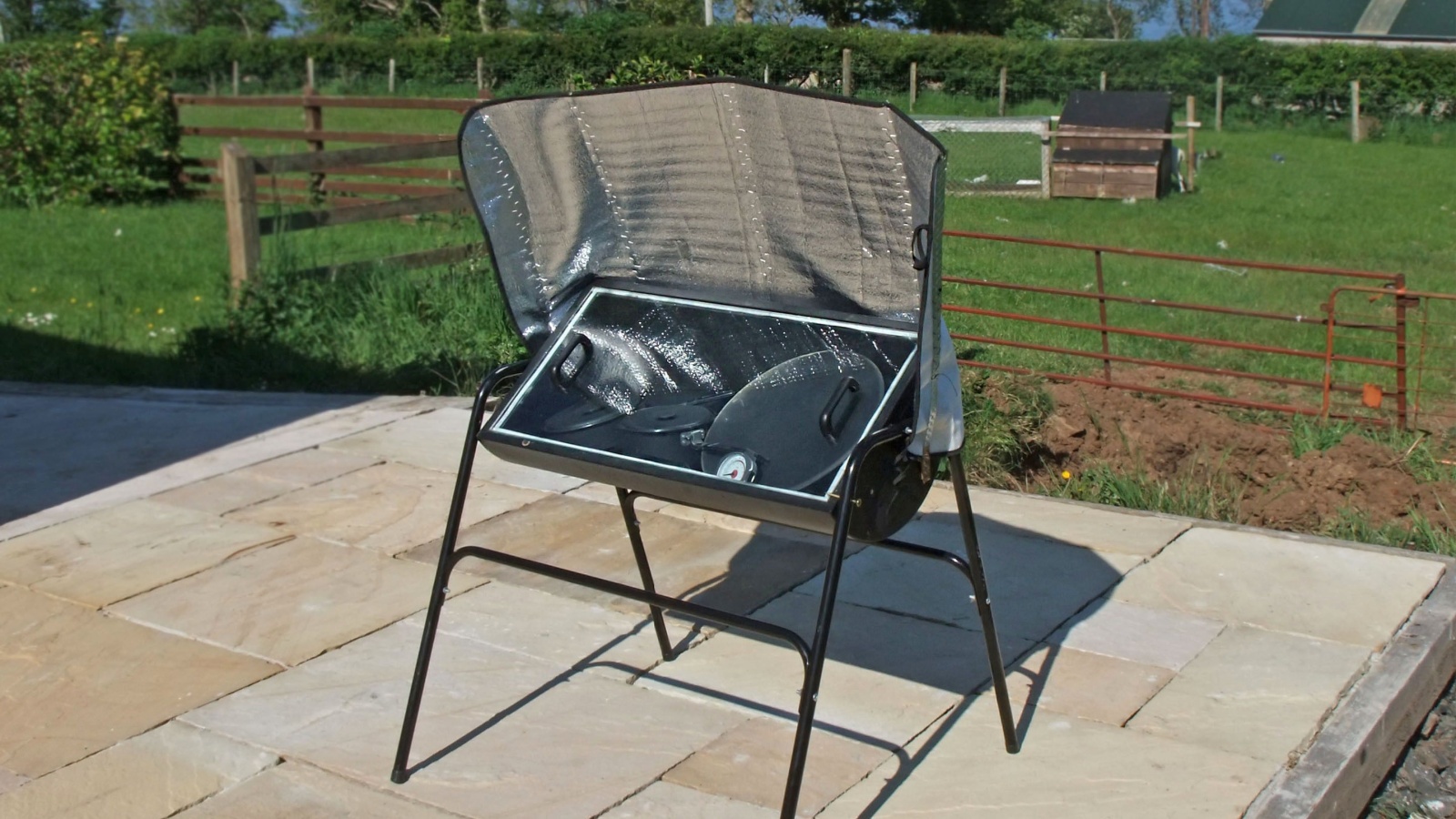
You might not always have a fully equipped kitchen. Learn to cook using solar ovens, rocket stoves, and earth ovens. Practice cooking with limited ingredients. Understand wild food foraging and preparation. Don’t forget about safe food storage in varying temperatures.
Best Hunting Rifles of the Last 50 Years
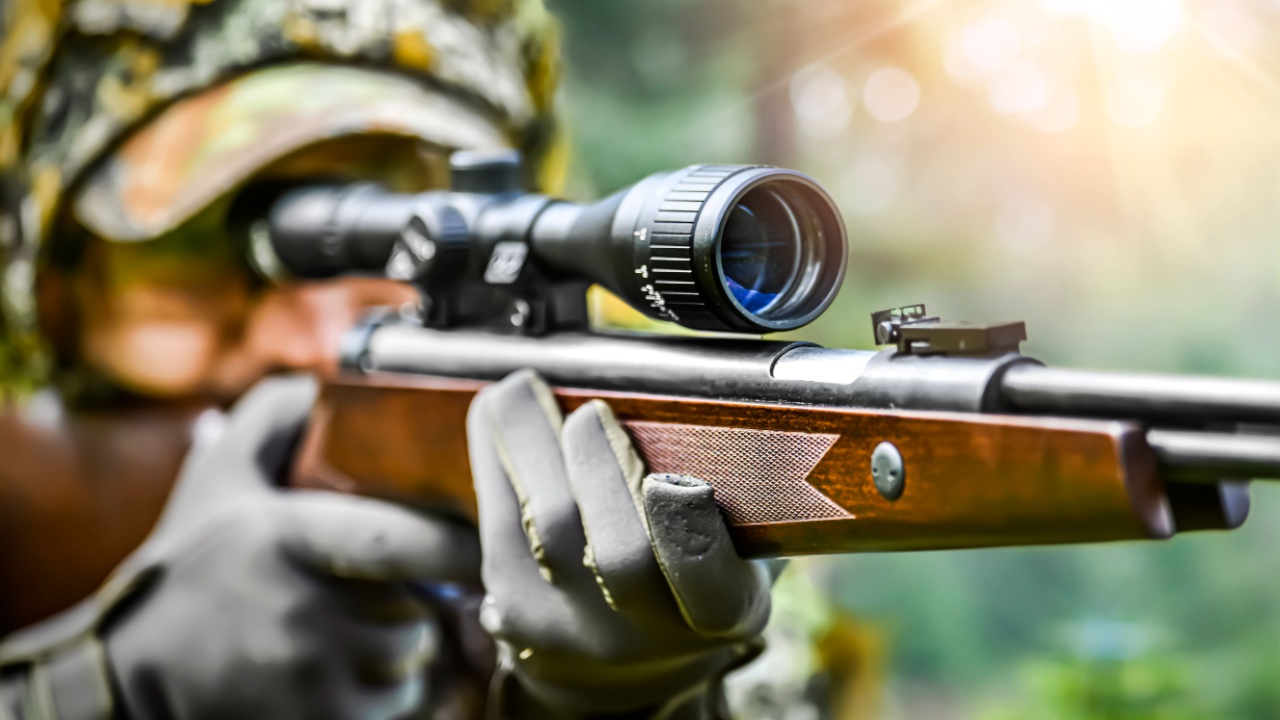
Choosing the “best” hunting rifle is a pretty personal thing. We all have different opinions and preferences on what we like to hunt with. But still, over the last 50 years, there have been some remarkable weapons. Over the past half-century, the evolution of hunting rifles has seen so many innovations, catering to a wide range of needs from the casual deer hunter to the adventurous big-game enthusiast. What’s your favorite hunting rifle? Which weapons deserve a spot on this list?
- Read More: Best Hunting Rifles of the Last 50 Years
14 Most Versatile Hunting Cartridges

With almost 16 million hunters in the United States, and with such a huge range of game to hunt, the right rifle and the best cartridge is critical. We have some of the most diverse ecosystems on the planet, with animals ranging from tiny squirrels to gigantic moose. The cornerstone of a successful hunt lies in the hunter’s skill and knowledge but also in the choice of ammunition. The right cartridge can make all the difference, offering the power needed for a clean, humane kill without compromising the quality of the game.
- Read More: 14 Most Versatile Hunting Cartridges
38 Things Every Prepper Should Stockpile That Aren’t Water, Food, or Weapons

This list extends beyond the basic survival trio of water, food, and weapons. It’s a given that we need to stock up on water, food, and a way to defend ourselves and what we have. But what other things will you need in a survival situation? None of us truly knows what TEOTWAWKI will really look like, although most of us have theories we think most likely. But whatever the situation is, there are certain supplies that it just makes sense to have on hand, aside from the obvious trio I mentioned above.

